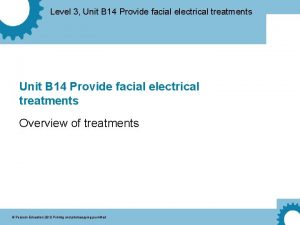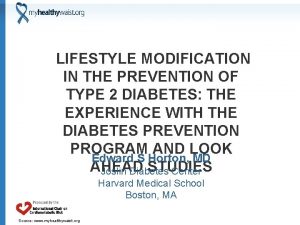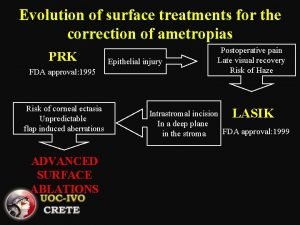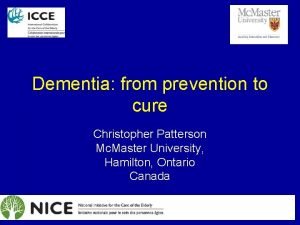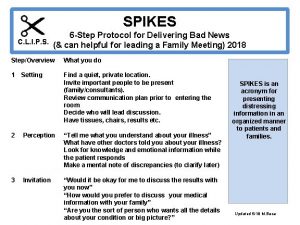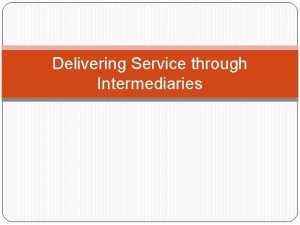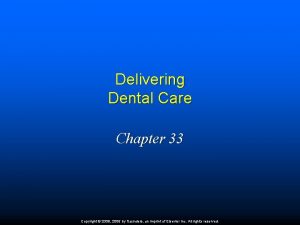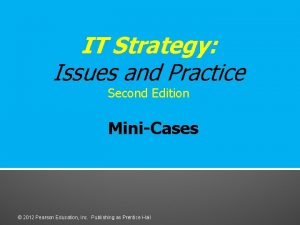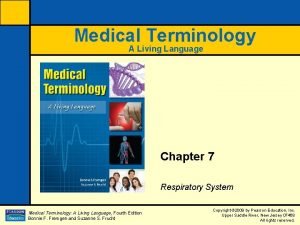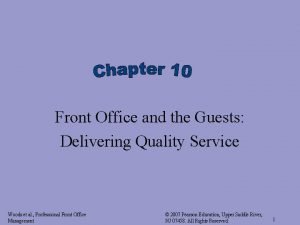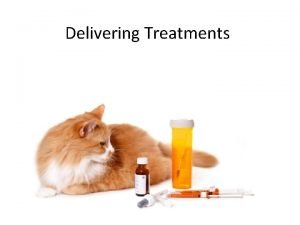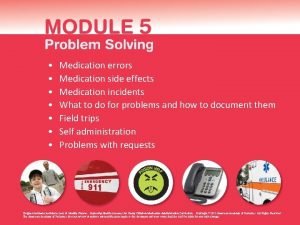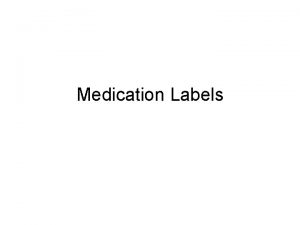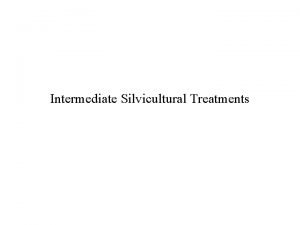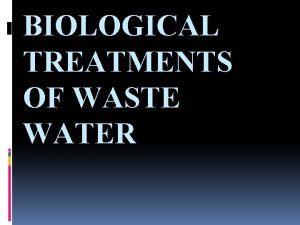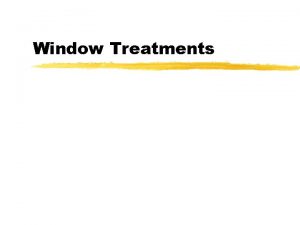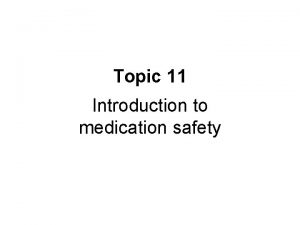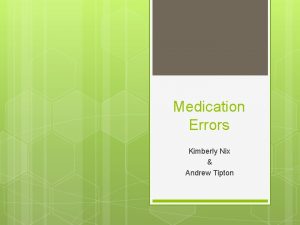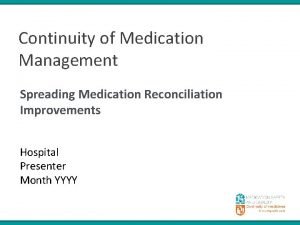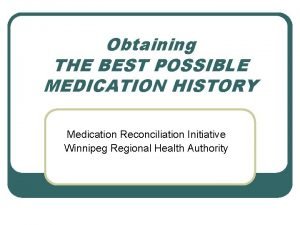Delivering Treatments Introduction Delivering medication Types of medication

























- Slides: 25

Delivering Treatments

Introduction • • • Delivering medication Types of medication Reasons for keeping medication safe Restraint Hygiene Record keeping

Delivering treatments – Task • In pairs, suggest equipment required for the following procedures: – Bathing – Grooming – Ear cleaning – Trimming nails – Giving medication

1 • PPE = gloves / aprons / possible muzzle • Bath / shower = shampoo / towels / conditioner/ dryers / brushes / combs / scissors / clippers • Restraint – collars / leads / • Nail trimming / nail clippers / silver nitrate stick • Giving medication – medication / pill givers / syringe / pippette

Giving Medication Task In pairs, examine: - different ways to administer medication - What information is required to administer the medication - Describe you administer medication

2 - Administering medication – types Oral Injection rectal Subcutaneously Intra muscular Intravenously intra nasal Aurally ( ear) Ophthalmic route Topically

Administering treatment – guidelines • Always read instructions prior to administration • Allows follow correct dosage • Allows use for correct purpose • Always wash hands (WHO) • Always use correct PPE • Seek help if required or unsure

State reasons for keeping drug information safe

3 - State reasons for keeping drug information safe • So expiry dates can be adhered to • So that the treatment can be used on the correct animal • Make sure that correct dosage is given and when dosage should be given

What are the consequences for not keeping medication instructions safe?

What are the consequences for not keeping medication instructions safe • May administer incorrectly – wrong route • May administer wrong dose / underdose / overdose • May give treatment to wrong animal • Medication may be out of date • Could cause death – side effects • May get PPE incorrect

What types of restraint is required when giving medication?

What types of restraint is required when giving medication? • • Make sure restraint equipment is ready for use Towels Baskets Muzzles Crush cage Chemical restraint Human contact / help Collars / leads

State reasons for legislative withdrawal of medications (large animals)

State reasons for legislative withdrawal of medications • Animals cannot be sold for consumption unless appropriate withdrawal times have been followed • Withdrawal refers to the period of time for the drug to leave the animals system / making it safe for human consumption.

Outline reasons for personal hygiene and safety during giving medication

Outline reasons for personal hygiene and safety during giving medication • Reduce cross contamination • Reduce zoonotic pathogens spreading • Prevents harm to the user when giving medication • Following COSHH / Health and Safety at Work Act

Describe possible changes to the animal after medication has been given

• • Describe possible changes to the animal after medication has been given Possible side effect Allergic reactions / anaphylactic shock Improvement of condition Signs of stress

Why is it necessary to monitor behaviour after medication has been given?

Why is it necessary to monitor behaviour after medication has been given? • Make sure patient has taken medication correctly • Make sure patient is not showing any abnormal signs • To monitor adverse effects of medication • Avoid treatment that has no effect on condition.

Identify records that are required to be updated and reasons for accurate records

Identify records that are required to be updated and reasons for accurate records • Record clinical notes / or computer based • Kennel records • Controlled drugs are required to be completed in the drugs book • Accurate amounts / drug name and how it was administered should be recorded • Accurate records allow others on what has been given to the patient / inaccurate records may lead to under dose / overdose of medication

Correct procedures and guidelines. Drugs Reasons to use expiry dates • Potency and Efficacy • Safety and Toxicity • Certain medications have a narrow therapeutic index and little decreases in the pharmacological activity can result in severe consequences for patients. • Damaging of packaging Sources of contamination • • • light (especially sunlight) oxygen moisture extreme temperatures Damaged packaging

Health and Safety Legislation Waste Regulations • Health and Safety at Work Act • COSHH • Medicines Regulations • Animal Welfare Act • Defra Codes of Practice • Environmental Protection Act 1990 • Hazardous Waste Regulation 2009
 Treatments for acute renal failure
Treatments for acute renal failure Facial electrical treatments level 3
Facial electrical treatments level 3 Multi treatment design
Multi treatment design Hiv treatments
Hiv treatments Diabetes treatments
Diabetes treatments Advanced surface treatments
Advanced surface treatments Insomnia treatment
Insomnia treatment Dementia treatments and interventions near patterson
Dementia treatments and interventions near patterson Bad news
Bad news Christ delivering the keys of the kingdom to saint peter
Christ delivering the keys of the kingdom to saint peter Developing oral and online presentation
Developing oral and online presentation Hurgusburgus
Hurgusburgus Chapter 33 delivering dental care
Chapter 33 delivering dental care Marketing channels: delivering customer value
Marketing channels: delivering customer value Manuscript for speech
Manuscript for speech How to make a entertainment speech
How to make a entertainment speech Nine key strategic steps to produce defect free software
Nine key strategic steps to produce defect free software Delivering business value with it at hefty hardware
Delivering business value with it at hefty hardware Delivering together 2026
Delivering together 2026 Medical terminology
Medical terminology Marketing channel objectives
Marketing channel objectives Marketing channels delivering customer value
Marketing channels delivering customer value Delivering quality service
Delivering quality service Delivering business value with it
Delivering business value with it French and indian war
French and indian war Terry schuster
Terry schuster

